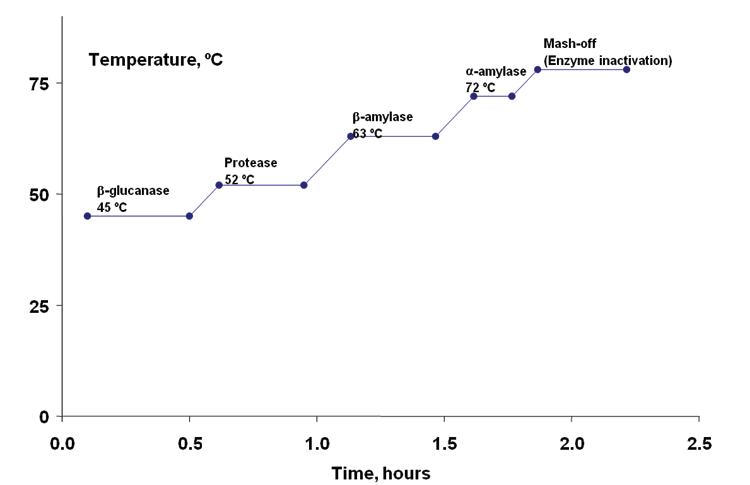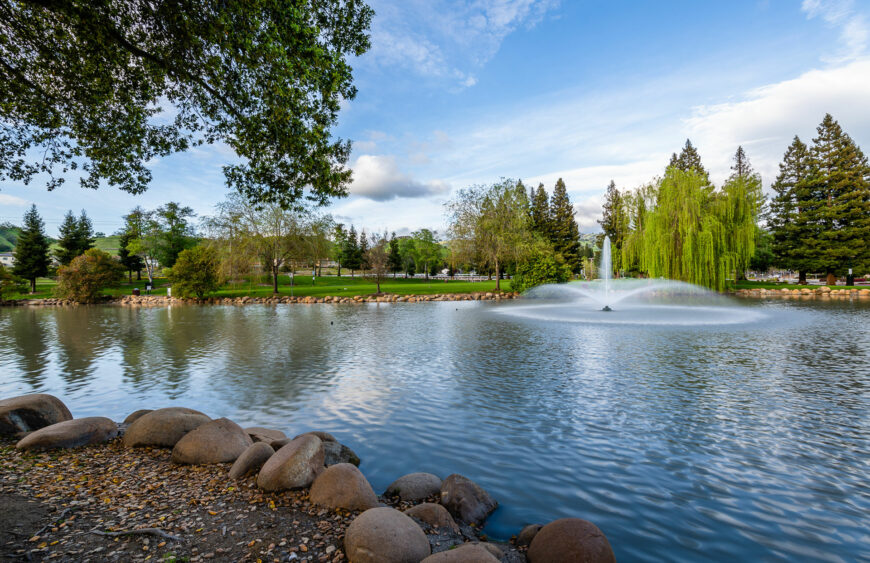Although it seems so simple to just add beneficial pond bacteria to your pond, and let them do all the “dirty work” of cleaning your pond water for you, behind the scenes there is really a lot of chemistry and biology at play. Let’s look deeper into what is really happening at the microscopic level.

Let’s start with the basics. Beneficial pond bacteria are single-celled organisms, containing all of the genetic material necessary to reproduce. They reproduce by simple cellular division. Bacteria have a wide range of different nutrient requirements and energy-related metabolism. Some bacteria require only minerals and a carbon source (such as sugar) for growth, while others require more complex growth media. Bacteria play an extremely important role in recycling organic wastes and nutrients in ponds and similar aquatic environments. The beneficial pond bacteria break down organic wastes into more simple compounds like carbon dioxide and water. In addition, they cycle important nutrients such as nitrogen, sulfur, phosphorus, etc. Bacteria can migrate to areas that are rich in specific nutrients that they require for growth. Bacteria can also attach themselves to surfaces and form communities known as biofilms.
Pond bacteria have the capability of producing many different types of enzymes. They are living organisms that respond to their environment. In general, pond bacteria are capable of producing enzymes that degrade a wide variety of organic materials found in pond water, such as cellulose, xylan, proteins, starches, etc. There are “teams” of enzymes for attacking each type of waste. For example, there are three different classes of enzymes (endocellulases, exocellulases, cellobiohydrolases) that are required to degrade cellulose into basic glucose units. All three types of enzymes are referred to as cellulase, but each class attacks a specific structure or substructure of the cellulose. None of the individual cellulases are capable of efficiently degrading cellulase. Beneficial pond bacteria can produce the complete “team” of enzymes that are necessary to degrade and consume “all” of the organic waste materials that are present in the pond. Some organic waste particles are too light to settle to the bottom of the pond, and so remain suspended in the water column and create the appearance of murky water. Other organic waste particles are heavy enough to settle to the bottom of the pond and accumulate as bottom-sludge (muck). Regardless if they are suspended or settled, the beneficial pond bacteria can easily and naturally remove them, by producing these “teams” of enzymes. Moreover, pond bacteria can even produce multiple “teams” at the same time.
The enzymes are proteins that act as catalysts, to accelerate the rate of a reaction. In general, each type of enzyme catalyzes only one type of reaction, and will operate on only one type of substrate (organic waste). This is often referred to as a “lock & key” mechanism. As a consequence, enzymes are highly specific, and can determine even the slightest difference in substrate molecules. Also, enzymes exhibit optimal catalytic activity, over a narrow range of temperature, ionic strength, and pH levels. The above table shows the narrow range of temperature in which some of the most common enzymes work, and the duration of time they can remain active at various temperatures.
Pond bacteria formulations take into consideration all of the organic wastes found in ponds, the necessary enzymes needed to break down those wastes, the specific strains of beneficial pond bacteria required to produce those enzymes, and the adaptability of each of these beneficial pond bacteria strains to thrive in a wide range of varying environmental conditions. Every pond is different, and is its own ecosystem. In addition, temperatures, pH levels, dissolved oxygen levels, nutrient loads, and organic waste materials are constantly changing. So, we need specific pond bacteria strains that can change and adapt to every possible scenario found in a pond. So back to our original thought. It sure is easy to add beneficial pond bacteria to your pond. However, what they accomplish in the pond is not so easy after all. It is all very complex at the molecular level.
